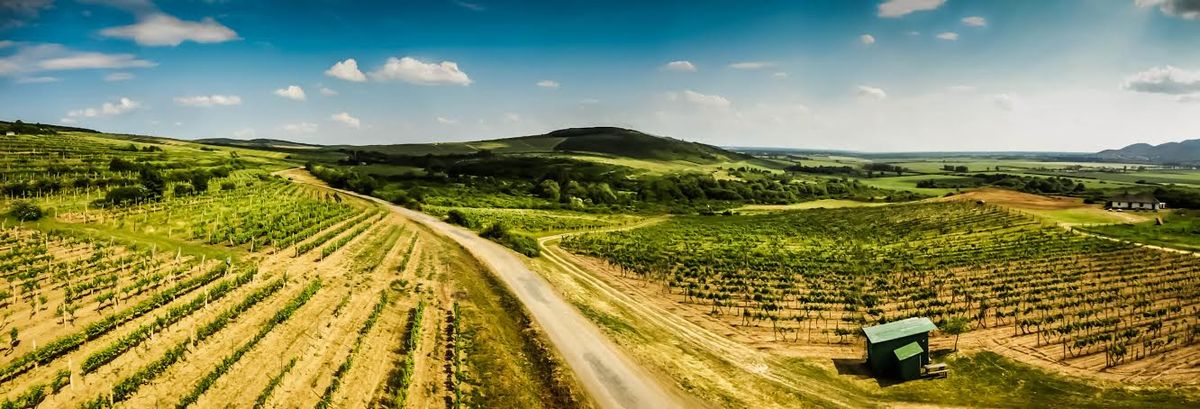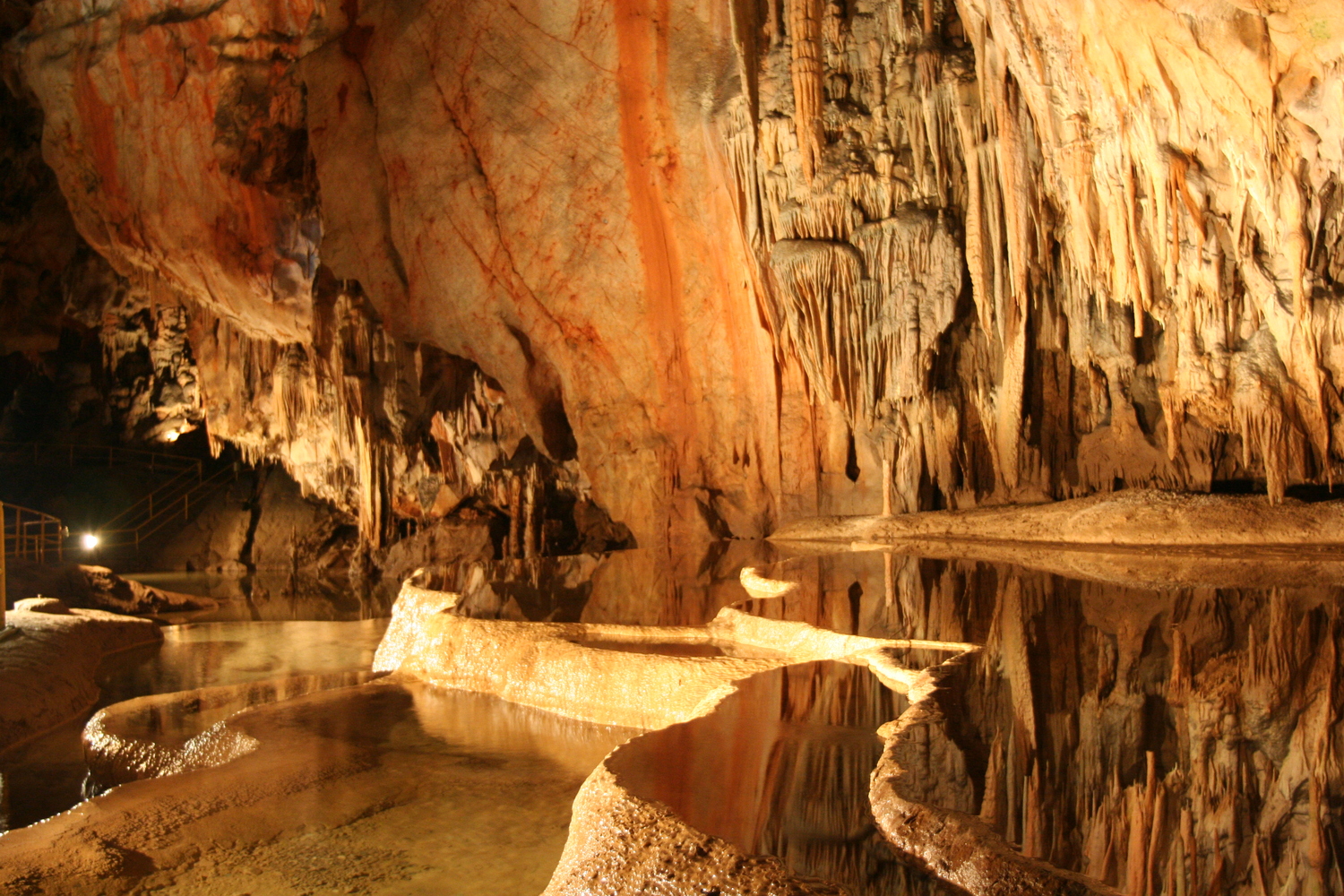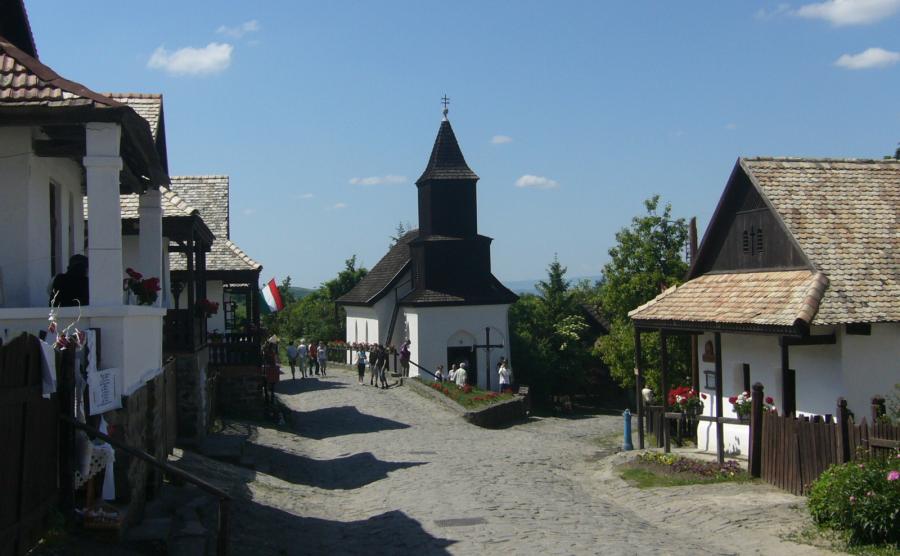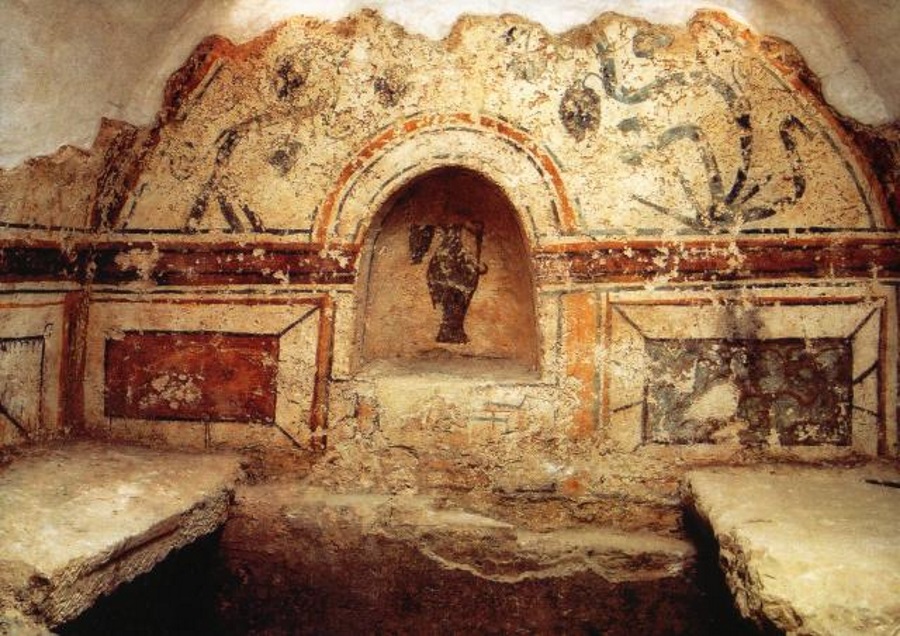Top 5 Lesser Known UNESCO Wonders In Hungary
- 9 Mar 2023 3:16 PM

Budapest is not covered here although it has UNESCO World Heritage status and several special sites - including the Banks of the Danube, the Buda Castle Quarter and Andrássy Avenue – because most expats already know why the capital is so sublime.
So read on for the low-down about five UNESCO ranked wonders you might not know about, but which are all well worth a trip out of Budapest to enjoy while you're in Hungary.
1. Tokaj Wine Region's Historical Landscapes

Known among the sommelier community for its unique grape cultivation and “aszu” production, Tokaj is regarded as a world heritage site based on its landscape and traditional land use as well as its methodology in wine tradition that has survived intact for a thousand years.
This intact universal property value that meets UNESCO’s criteria includes specific environmental conditions conducive for wine growing as well as long term settlements that reflect cultural heritage in terms of ethnic diversity and long-standing cellars still in use for wine production.
Where: County of Borsod-Abaúj-Zemplén
2. Caves of Aggtelek Karst (and Slovak Karst)

There are currently 712 caves identified making up this karstic system. The unique combination of climatic effects makes the study of over ten million years of geological history possible.
The caves are located on the northeastern side of Hungary, which borders Slovakia. The caves are relatively intact and relics of Pre-Pleistocene Karst dating over 2 millions years are prevalent.
Only one percent of the caves have been modified for human use and exhibition, attracting over 300,000 visitors annually. The other 99 percent remain preserved.
Where: Districts of Rožnava and Spišská Nová Ves, Region of Košice (SK)
3. Old Village of Hollókő & Surroundings
 Hollokő is an outstanding example of a deliberately preserved traditional settlement. This village, which developed mainly during the 17th and 18th centuries, is a living example of rural life before the agricultural revolution of the 20th century.
Hollokő is an outstanding example of a deliberately preserved traditional settlement. This village, which developed mainly during the 17th and 18th centuries, is a living example of rural life before the agricultural revolution of the 20th century.
Despite being periodically being devastated by fire, the houses were again built according to the traditional techniques of Palocz rural architecture: half-timbered houses on a stone base with roughcast white-washed walls, enhanced by high wooden pillared galleries and balconies on the street side protected by overhanging porch roofs.
The church with its shingled tower is simply a transposition of this domestic architectural style. Hollókő not only represents the Palocz subgroup within the Magyar entity, but also bears witness, for the whole of Central Europe, to the traditional forms of rural life.
Where: County of Nógrád
4. Millenary Benedectine Abbey of Pannonhalma & Natural Environment

This monastery dates back to 996 when the first monks arrived in Hungary, converted the locals, established a school, and went on to produce the first document in Hungarian. Building began on the current church in the 1200s.
Much of the monastic complex is largely preserved from original structures and there remains a monastic community and school in existence on the site. The overall history of Benedictine Christianity has played a critical role in the development of Hungary.
Where: County of Győr-Moson-Sopron
5. Early Christian Necropolis of Pecs

Dating back to the 4th century, this Roman town, formerly called Sopianae, sprawled a series of decorated tombs lending credence to sepulchral art of the period in addition to 16 monuments depicting scenes of early Christianity.
Protected as an archaeological site, remains and fragments of excavations from the 18th century remain in their original location.
Adderss: County of Baranya
Source: UNESCO

























LATEST NEWS IN getting around